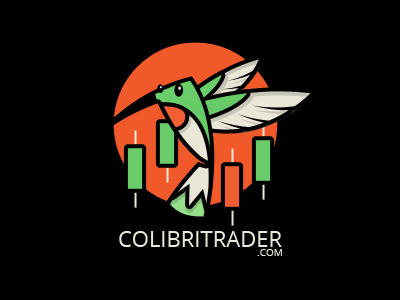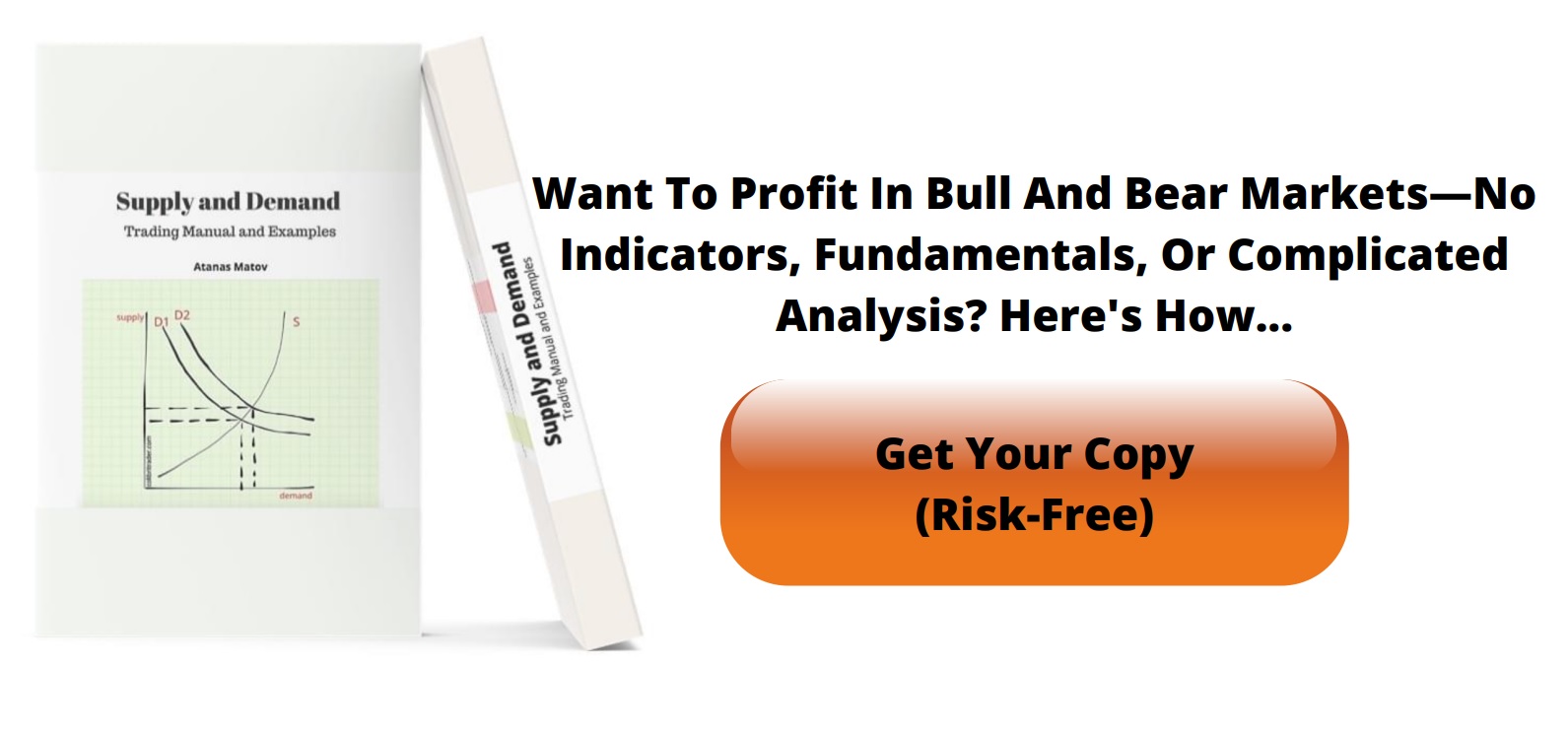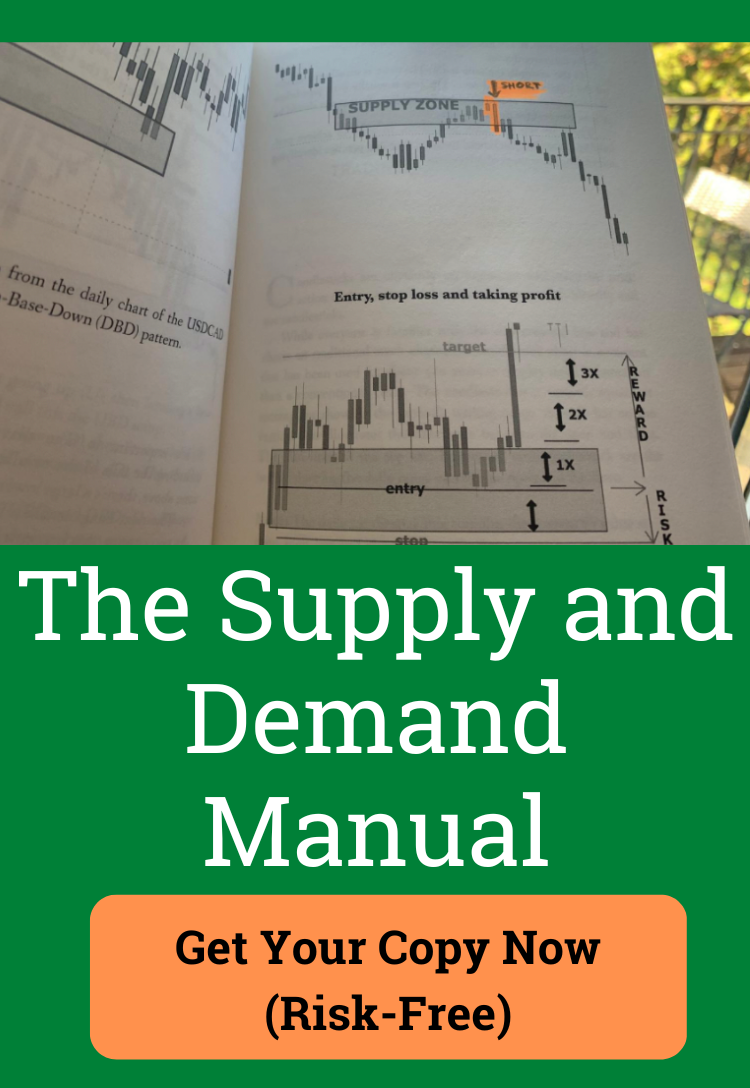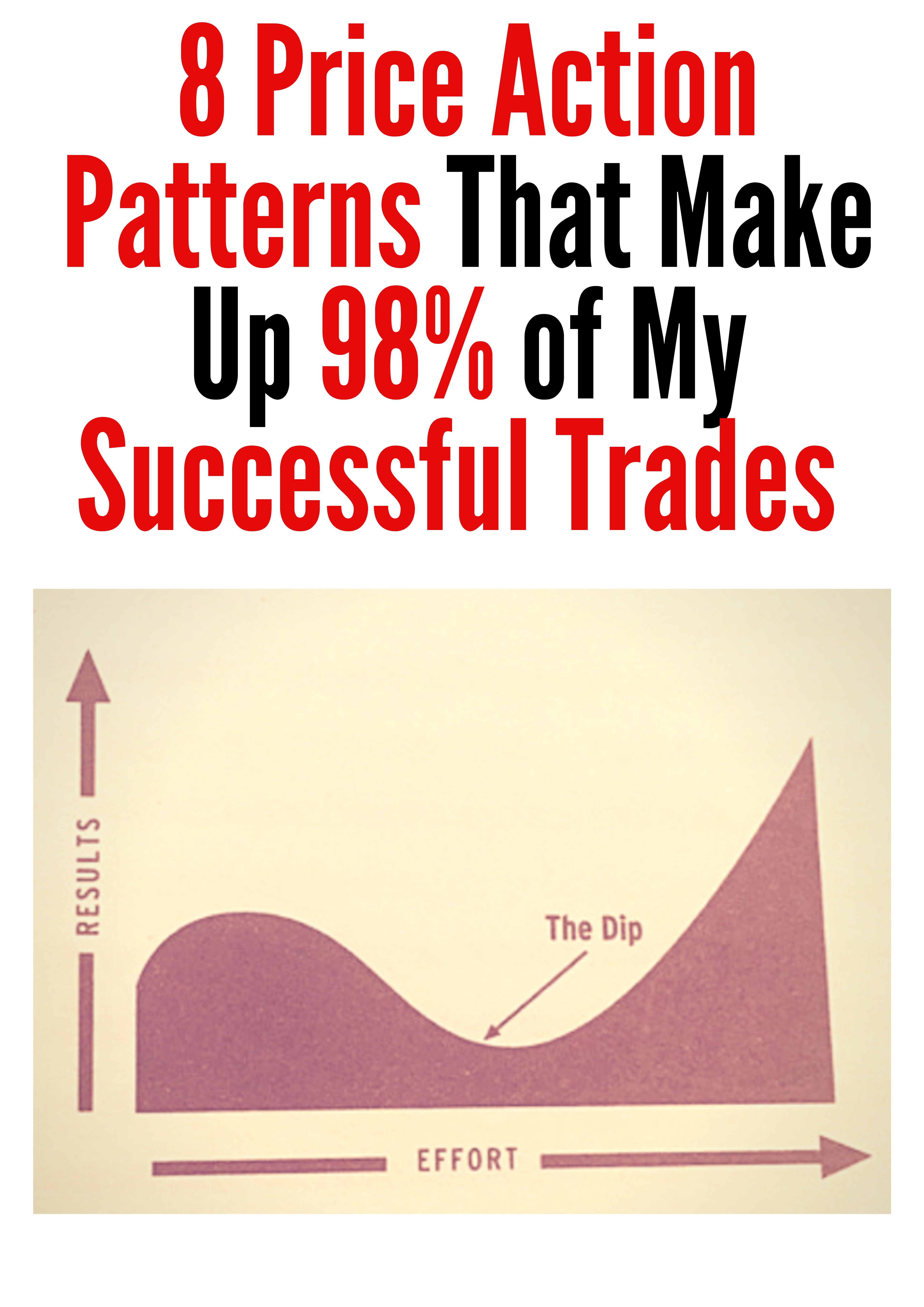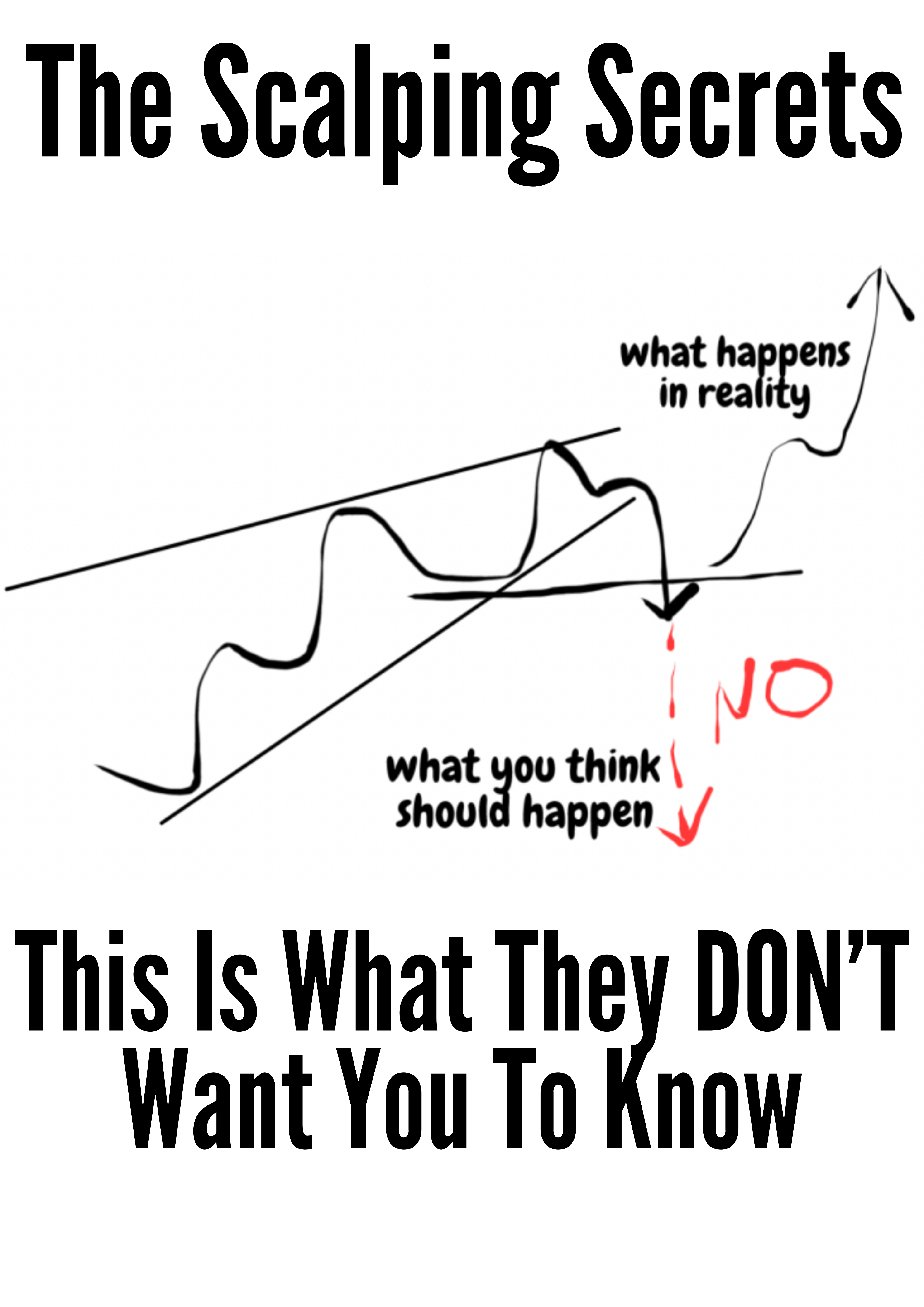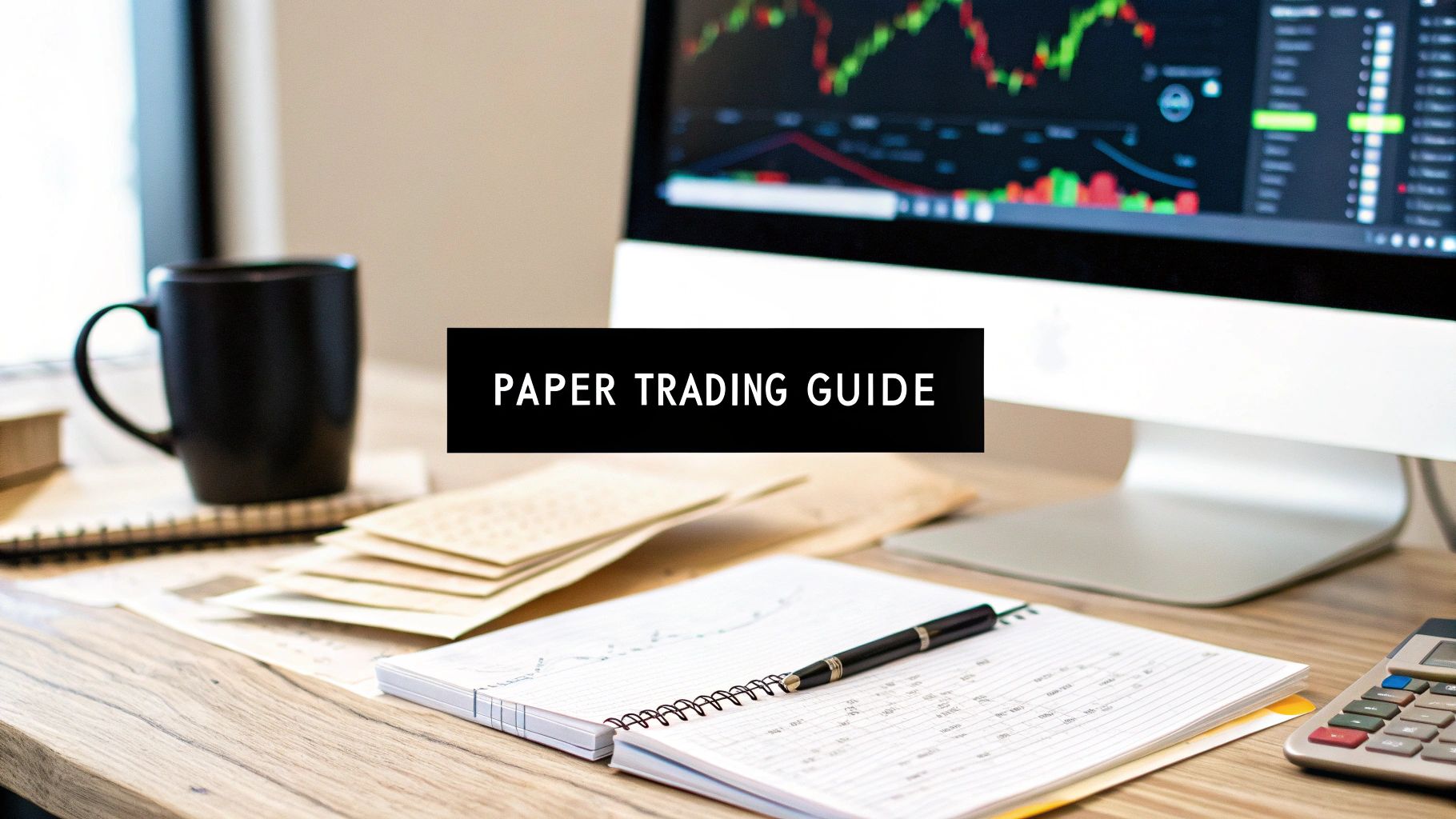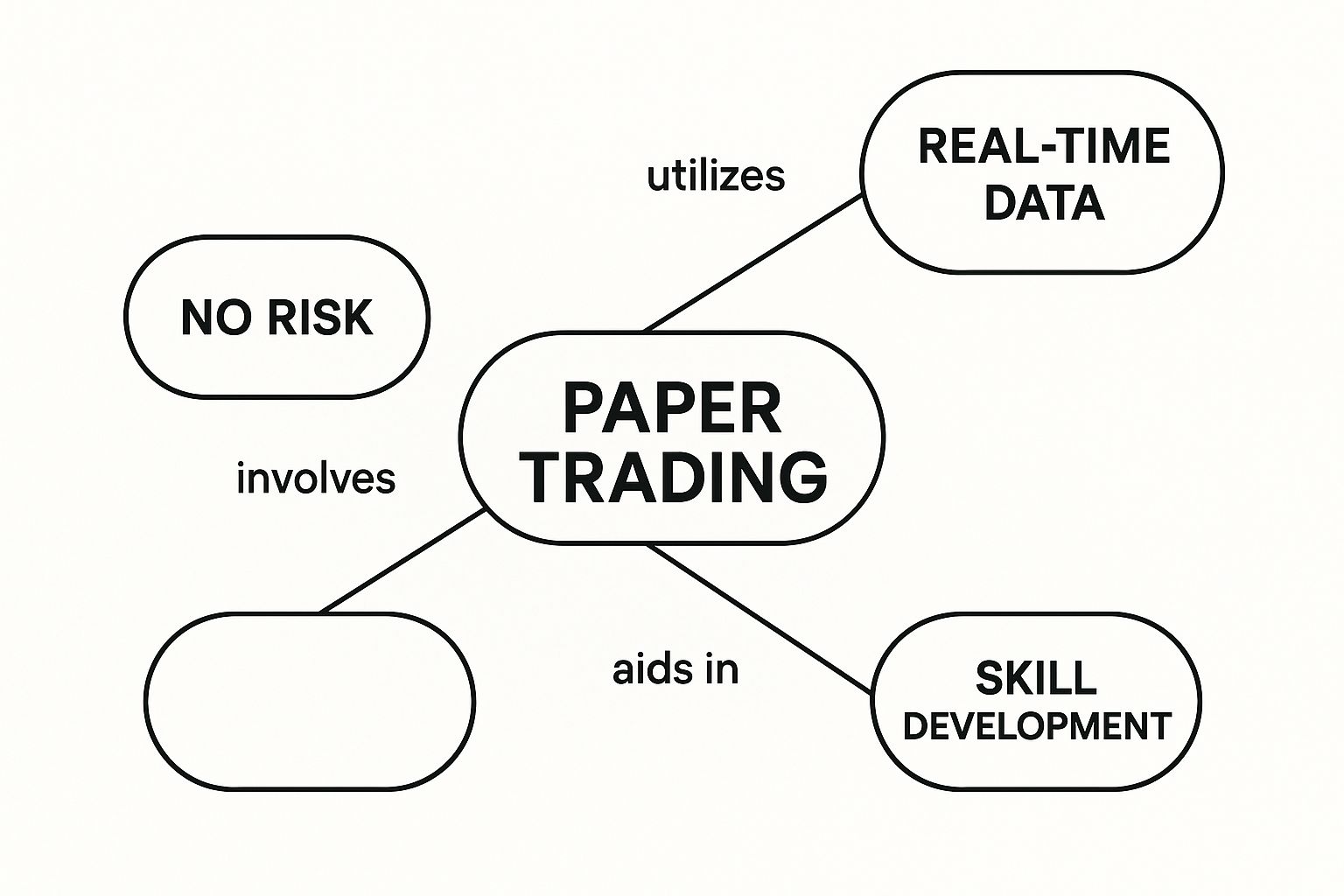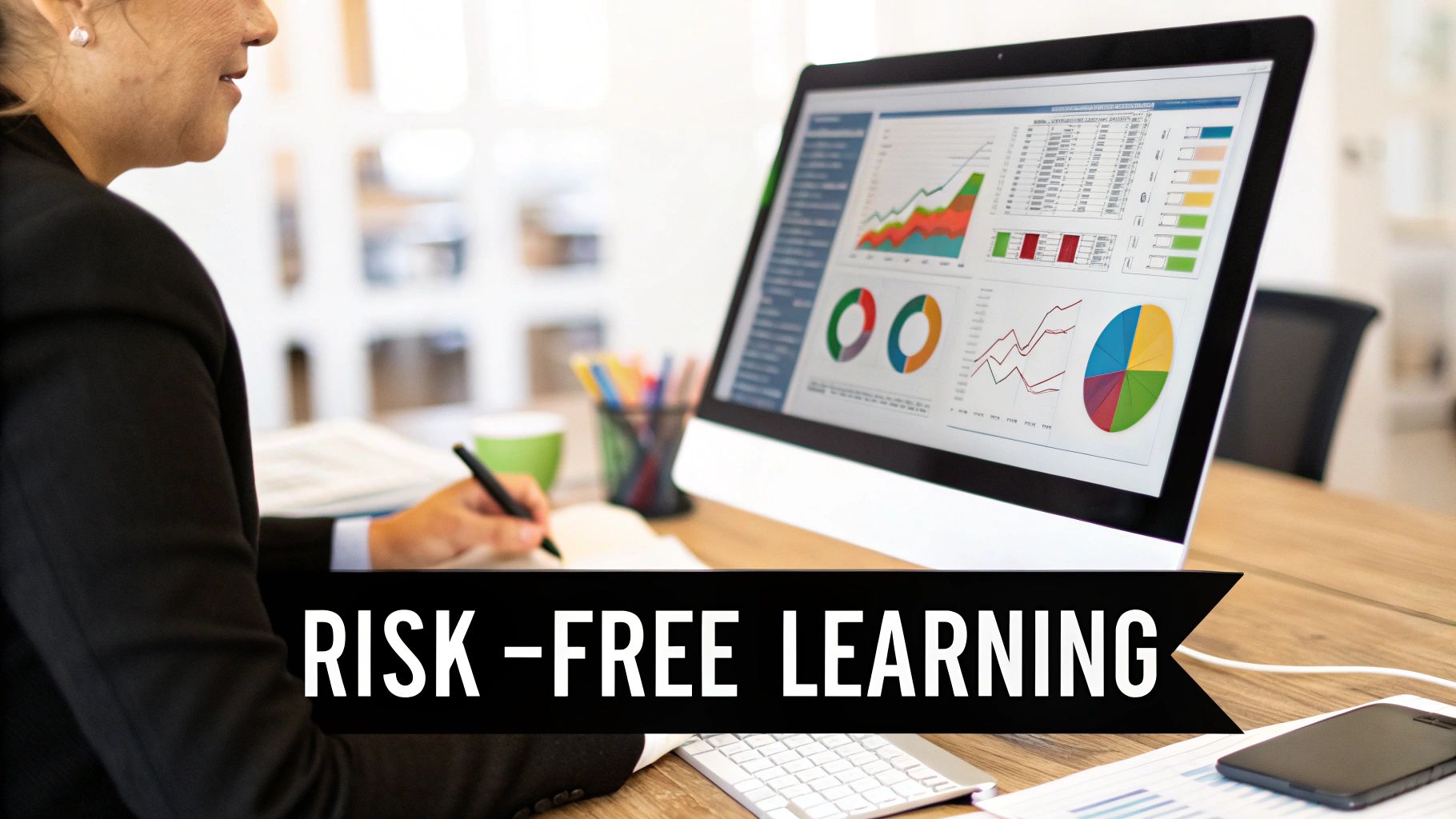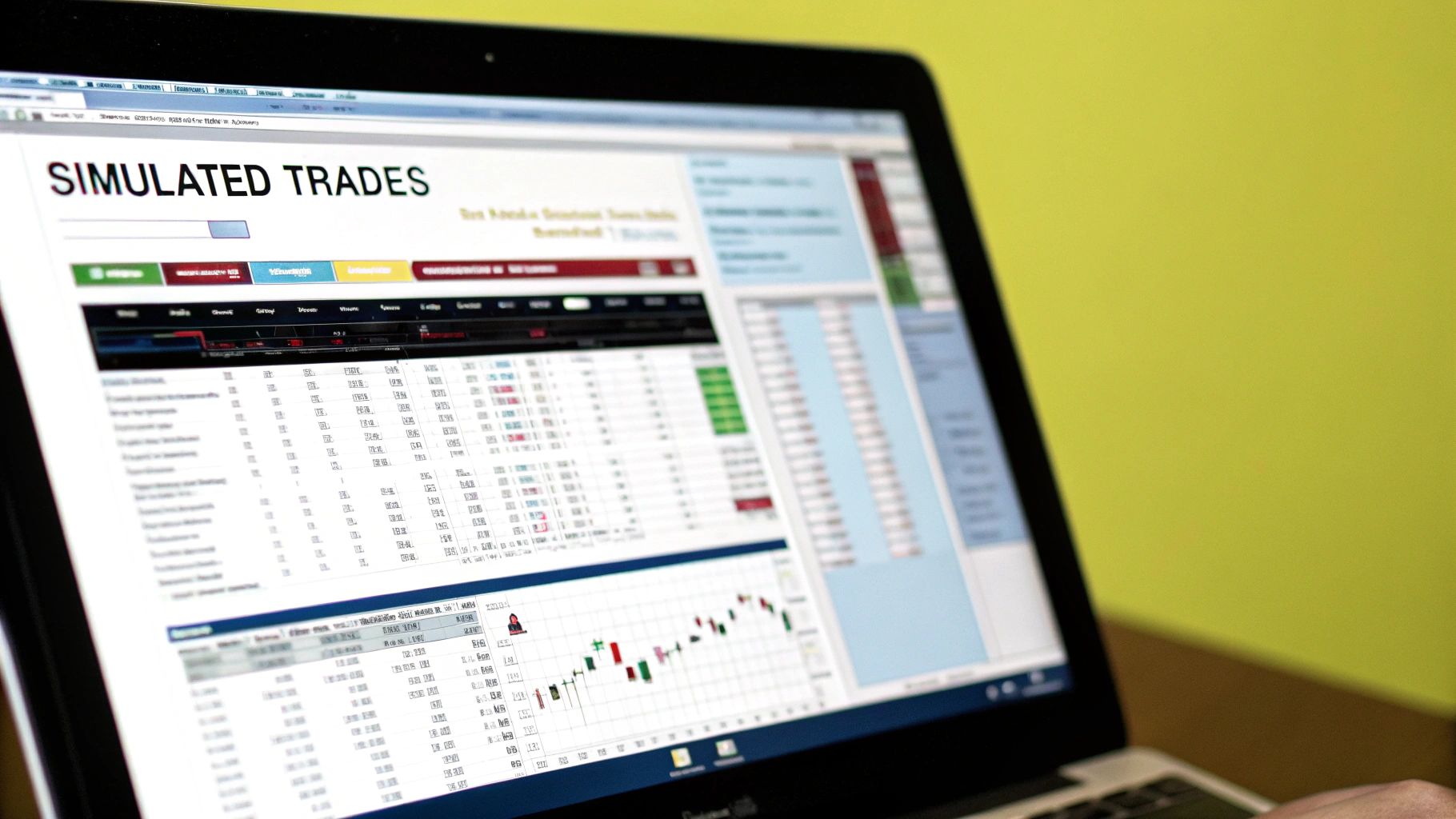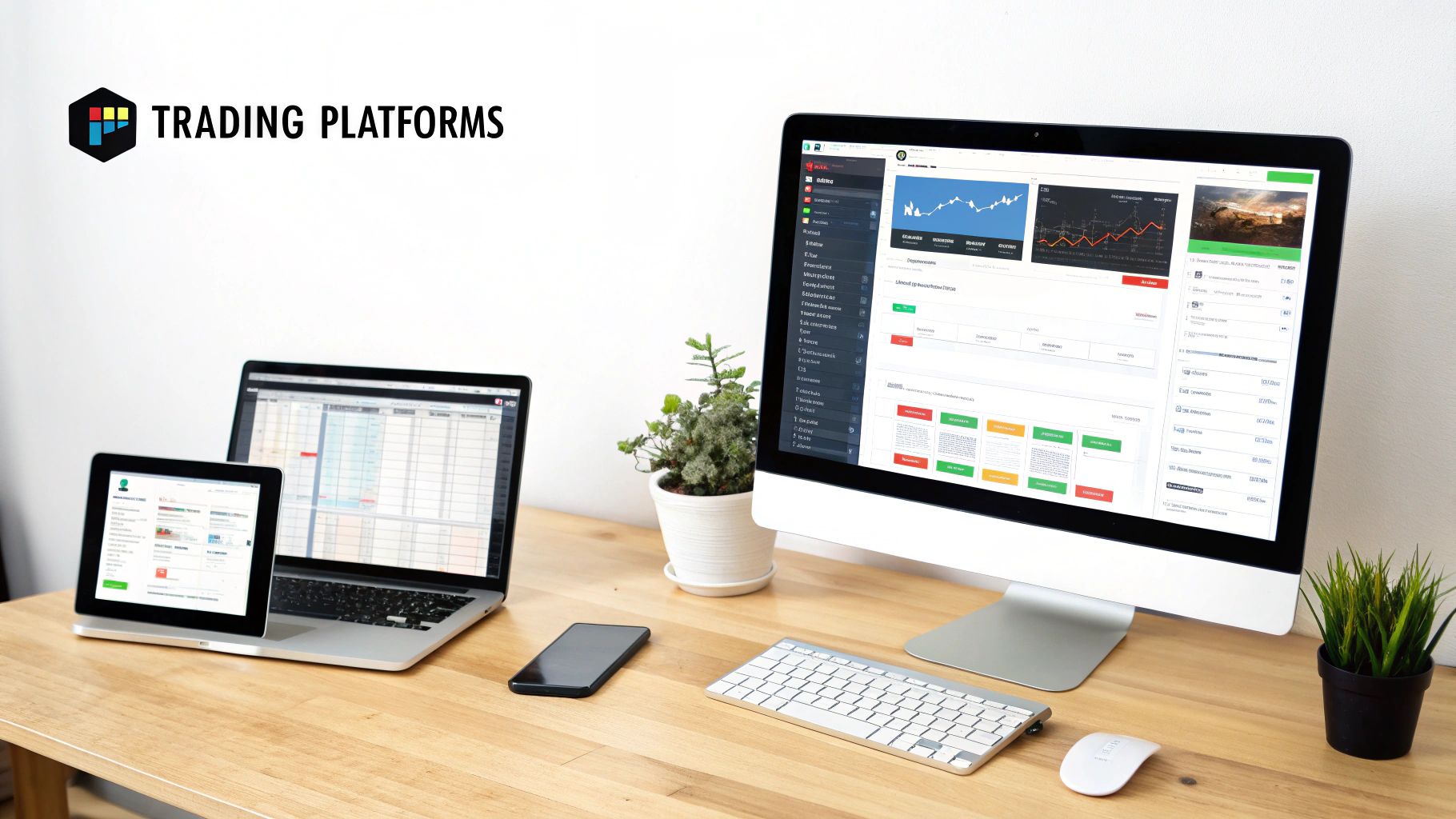What Is Paper Trading and How to Start Today
Ever heard of a flight simulator? It's where pilots clock countless hours, mastering every control and reacting to emergencies, all without ever leaving the ground. Paper trading is the exact same concept, but for traders.
It's a simulated trading environment where you use virtual money to buy and sell securities. But here’s the crucial part: you’re using real-time market data. It’s the ultimate practice arena, a place to build your skills without risking a single dollar of your hard-earned capital.
The Flight Simulator For Financial Markets
At its heart, paper trading—sometimes called simulated trading—is all about learning the ropes. You get to test strategies, understand how the market ebbs and flows, and see how your decisions play out, all without the fear of financial loss.
The name comes from the old days, before everything went digital. Traders would literally write down their hypothetical trades on a piece of paper to track how they would have performed. You can find more on its history over at quadcode.com.
Today, those notepads have been replaced by sophisticated digital platforms that perfectly mirror a live brokerage account. You'll place orders, manage a portfolio, and react to breaking news just like a real trader. The only difference? The profits and losses aren't real. It's an invaluable way to build confidence before you put actual money on the line.
Key Components Of Paper Trading
The whole point is to create an environment that feels real but is completely safe. Here’s what that looks like in practice:
- Virtual Capital: You start with a nice, round number of practice funds, maybe $100,000, to make your simulated trades. This is perfect for getting a feel for position sizing and managing risk.
- Real Market Data: The platform pipes in real-time or slightly delayed price feeds directly from the actual stock exchanges. This isn't a game; you’re practicing with the market's true volatility and conditions.
- Full Platform Functionality: You get access to the same professional tools you'd use in a live account. This includes charting software, various order types (like market and limit orders), and performance trackers.
To put it simply, here’s a quick breakdown of what’s real versus what’s simulated.
Paper Trading At A Glance
| Component | Status in Paper Trading | Status in Live Trading |
|---|---|---|
| Capital | Virtual (Simulated) | Real (Your Own Money) |
| Market Data | Real-Time or Delayed | Real-Time |
| Gains/Losses | Virtual (Not Real) | Real (Tangible) |
| Emotional Impact | Low to None | High (Real Stakes) |
| Risk | Zero Financial Risk | High Financial Risk |
As you can see, the setup is designed to mimic the mechanics of trading without the intense psychological pressure that comes with having real money at stake.
This diagram helps visualize how paper trading combines risk-free practice with real data to help you build solid trading skills.
The real power here is that unique blend of safety and realism. It’s the perfect launchpad for any new trader.
From Pen and Paper to Digital Simulators
The idea of practicing trades isn't some new flash-in-the-pan concept. It’s been around for ages, but how we do it has changed dramatically. The term "paper trading" comes from a time when investors would literally track their hypothetical trades in a handwritten ledger. It was the original risk-free practice, a far cry from the powerful tools we have at our fingertips today.
When the internet came along, this old-school manual process was completely reborn. It was a massive step in making the financial markets more accessible to everyone. After 2000, as online brokerages popped up, digital simulators exploded in popularity, seeing user engagement jump by over 50% each year through the 2010s. By 2023, it was estimated that over 10 million accounts worldwide were using paper trading features. You can actually dig into the history of trading simulators in more detail in this research study.
The Modern Trading Simulator
Today's simulators are incredibly powerful. They aren't just toys; they provide an experience that mirrors live trading with stunning accuracy, giving aspiring traders a complete toolkit to work with.
- Real-Time Data: Modern platforms stream live price feeds. This means you’re reacting to what the market is actually doing, right now.
- Advanced Order Types: You get to practice with the essential tools of risk management, like stop-loss and limit orders, so they become second nature.
- Analytical Tools: You have access to the same sophisticated charting software and indicators that the pros use, helping you test and refine your strategies. For example, our guide on what is technical analysis covers key techniques you can practice in a simulator.
What started as a simple notebook exercise has evolved into a high-fidelity training ground, opening up the world of trading to anyone willing to learn.
Learning the Ropes Without Real-World Risk
Starting out in a simulation has some massive benefits, ones that will absolutely help you make better decisions when your real money is on the line. The most obvious one? It gives you a safe space to learn without that paralyzing fear of losing cash. Think of it as a financial sandbox. Here, your mistakes are just valuable lessons, not expensive errors.
This risk-free environment is where you get a real feel for how the market actually works. You can see for yourself how a stock reacts to an earnings report or experience the chaos of the opening bell, all without a single dollar at risk. It's the kind of hands-on experience you just can't get from reading a book.
A Laboratory for Strategy Testing
Beyond just learning the buttons, paper trading is your personal lab for building and stress-testing your strategies. Whether you're drawn to the fast-and-furious world of day trading or the more patient game of swing trading, a simulator is where you find out if your ideas hold water against real market data.
You can try out different approaches and see what clicks with your personality and how much risk you can stomach. For example, you could test a momentum strategy on a handful of tech stocks while trying a completely different value-investing approach on another set. All in the same virtual portfolio.
The whole point of paper trading is to build that crucial bridge between what you've learned in theory and how you perform in practice. It helps you develop the muscle memory for placing trades and managing risk, making your actions second nature before the pressure of live trading kicks in.
This whole process is about gathering data on yourself. You'll pinpoint what works and, just as importantly, what doesn't. By tracking your win rates, average gains, and average losses, you start building a strategy backed by your own performance data. That's the kind of thing that builds real confidence when it's time to go live.
Mastering Your Trading Platform
Finally, there’s a benefit that a lot of new traders completely overlook: actually mastering the trading platform. Modern brokerage interfaces are incredibly powerful, but they can also be seriously intimidating, packed with charts, order windows, and all sorts of analytical tools. Trying to learn the software while you're also managing real trades is a recipe for disaster.
Paper trading gives you the time to poke around and explore every feature without any pressure.
- Order Execution: Get comfortable placing market orders, limit orders, and stop-loss orders. Practice until you can do it in your sleep.
- Charting Tools: Figure out how to use indicators, drawing tools, and different timeframes to get a clear picture of price action.
- Portfolio Management: Get used to tracking your positions, watching your virtual P/L, and navigating the platform’s dashboard.
By the time you're ready to trade for real, the platform will feel like a familiar tool you trust, not some confusing roadblock.
The Hidden Challenge of the Emotional Gap
While paper trading gets the mechanics right, it can’t prepare you for the one thing that sinks countless traders: your own emotions. This creates a massive divide between your practice sessions and the real world, a problem I call the “emotional gap.”
It’s one thing to stick to your trading plan when you’re just clicking buttons with fake money. But the moment your own hard-earned capital is on the line, everything changes. Powerful forces like fear and greed suddenly show up uninvited.
A small loss in a simulator is just a number, a data point for you to learn from. A small loss with real money? That can trigger a wave of panic, pushing you to make impulsive moves like selling a good position way too early.
From Calm Simulation to Live Market Pressure
This gap is precisely why a trader can have a stellar record on a demo account and still lose money when they go live. The mental game is completely different.
Think about it like this: kicking a penalty in an empty stadium is easy. The goal is the same size, the ball is the same, the mechanics are identical. But now, try taking that same shot in a World Cup final with millions watching. The psychological weight changes absolutely everything.
Live trading throws emotional hurdles at you that a simulator just can’t replicate.
- Fear of Loss: This is a big one. It makes you hesitate, miss perfect entry points, or cut winning trades short just to lock in a tiny profit.
- Greed for Gains: The flip side. The dream of a monster win can make you hold a position for far too long, watching your profits turn into losses. It also tempts you into taking on way too much risk.
- Analysis Paralysis: When every click has real financial consequences, it’s easy to get frozen by overthinking. You see your setup, you know your plan, but you just can't pull the trigger.
The core challenge is that live trading isn't just an analytical exercise; it's a profound psychological one. Your discipline, patience, and emotional control are tested just as much as your market analysis skills.
Understanding this emotional gap is the first step toward conquering it. You have to recognize how your mindset shifts under pressure before you can build the mental toughness needed for long-term success in the markets.
To get a better handle on this, you can learn more about the critical role of the psychology of trading in our comprehensive guide.
Your Guide to Starting a Paper Trading Account
Getting your hands dirty with paper trading is a lot easier than you might imagine. The whole process is designed to be quick and painless, getting you from sign-up to your first practice trade in a matter of minutes.
The most critical first step? Choosing the right platform.
Plenty of the big online brokers offer incredibly powerful and completely free paper trading accounts. They do this for a simple reason: they want you to get comfortable with their tools, hoping you’ll stick around when you’re ready to put real money on the line. For you, this means you get to play with professional-grade software with no cost or strings attached.
Choosing Your Platform
When you’re weighing your options, the main thing you want is a realistic experience. You need a simulator that gives you access to the same tools you'd use in a live account, from advanced charting to a full range of order types.
The best paper trading platform is one that mirrors the live environment you actually plan to trade in. Getting a real feel for a specific broker’s layout, tools, and how they execute orders is one of the biggest wins you can get from simulated trading.
Once you’ve settled on a platform, setting up an account is usually a breeze. It often just takes an email and a password—that’s it. No lengthy applications, no need to link a bank account. After you register, the platform will drop a hefty chunk of virtual cash into your account, often $100,000 or more, so you can start trading right away.
To help you get started, here's a look at some of the top platforms that offer solid paper trading accounts.
Top Platforms Offering Paper Trading Accounts
This table breaks down some of the most popular brokerage platforms that provide robust paper trading features for both beginners and more experienced traders.
| Platform | Key Features | Ideal For |
|---|---|---|
| TD Ameritrade's thinkorswim | Professional-level charting tools, extensive technical indicators, complex order types, and a massive community. | Traders who want a feature-rich, comprehensive platform that can grow with them from beginner to advanced. |
| Interactive Brokers | Global market access, advanced order types, and a professional-grade trading workstation. | Serious traders and those interested in trading international stocks, options, or futures. |
| Webull | A modern, user-friendly interface that's great on mobile, commission-free trading model, and community features. | New traders who want a clean, simple interface and a strong mobile experience. |
| TradingView | Best-in-class charting and analysis tools, integrated with multiple brokers, and a large social trading community. | Traders who prioritize charting and technical analysis and want to practice directly from their charts. |
Choosing any of these will give you a fantastic sandbox to practice in, so pick the one whose features and interface feel right for your style.
Placing Your First Simulated Trade
Alright, you've got your account loaded with virtual money. Now for the fun part—placing a trade.
First, find the stock you want to trade by typing in its ticker symbol (like AAPL for Apple). This will bring up an order ticket or window where you'll need to fill in a few details:
- Action: Are you looking to buy (go long) or sell (go short)?
- Quantity: How many shares do you want to trade?
- Order Type: Will you use a market order (buy at the current price) or a limit order (set a specific price you’re willing to pay)?
- Review and Submit: Give your order a quick double-check and hit the "Place Trade" button.
That's it! You’ve officially made your first paper trade. Now you can watch how it performs in your virtual portfolio and start honing your skills.
Best Practices for Effective Simulated Trading
To really get the most out of paper trading, you have to treat it like the real thing. It’s way too easy to get reckless when you’re playing with fake money, but that completely defeats the purpose. The whole idea is to build habits that will actually help you when your own capital is on the line.
This starts by setting realistic limits. If you plan on going live with $5,000, then start your simulation with that exact amount. Practicing with a fantasy $1 million account teaches you absolutely nothing about managing risk on a scale that applies to you.
Develop a Professional Routine
Next, you need to set clear, measurable goals for every single session. Don't just aim to "make money"—that’s a result, not a process. Instead, focus on things you can actually control.
Here are a few ideas:
- Execute your strategy flawlessly: Did you stick to your entry and exit rules every single time, without exception?
- Maintain risk-reward ratios: Make sure every trade you even consider taking has a potential reward that justifies the risk. No exceptions.
- Journal every decision: Write down why you took a trade, how you felt at the moment, and what happened. This journal will become your single most valuable learning tool.
The discipline you build in a simulated environment is the same discipline you'll need to survive and thrive in live markets. Paper trading isn't just about testing a strategy; it's about testing yourself.
Finally, give yourself a deadline. Decide if you’re going to practice for one month or three. Having an end date creates focus and a healthy sense of urgency, forcing you to analyze your performance and make real improvements. Following these best practices is what builds the foundation for learning how to make money trading stocks when you eventually switch to a live account.
Common Questions About Paper Trading
Let's wrap things up by tackling a few questions that pop up all the time. Getting these straight will help you jump into paper trading with a clear head.
Is Paper Trading Really Free?
Yes, for the most part, it's completely free. Major brokerage platforms are happy to give you a robust paper trading account at no cost. It’s a great way for them to let you test-drive their software.
They’ll usually hand you a big chunk of virtual cash to play with, often $100,000 or more, so you can get started right away.
Can I Trade Different Assets?
This really depends on the platform you choose. Pretty much all simulators will let you trade stocks and options with real-time or slightly delayed data.
When it comes to other assets like futures or cryptocurrency, you’ll find that availability can vary from one brokerage to the next.
The best approach is simple: find a platform that lets you practice with the exact assets you plan to trade with real money. That’s how you’ll make sure your practice sessions are as relevant as they can possibly be.
